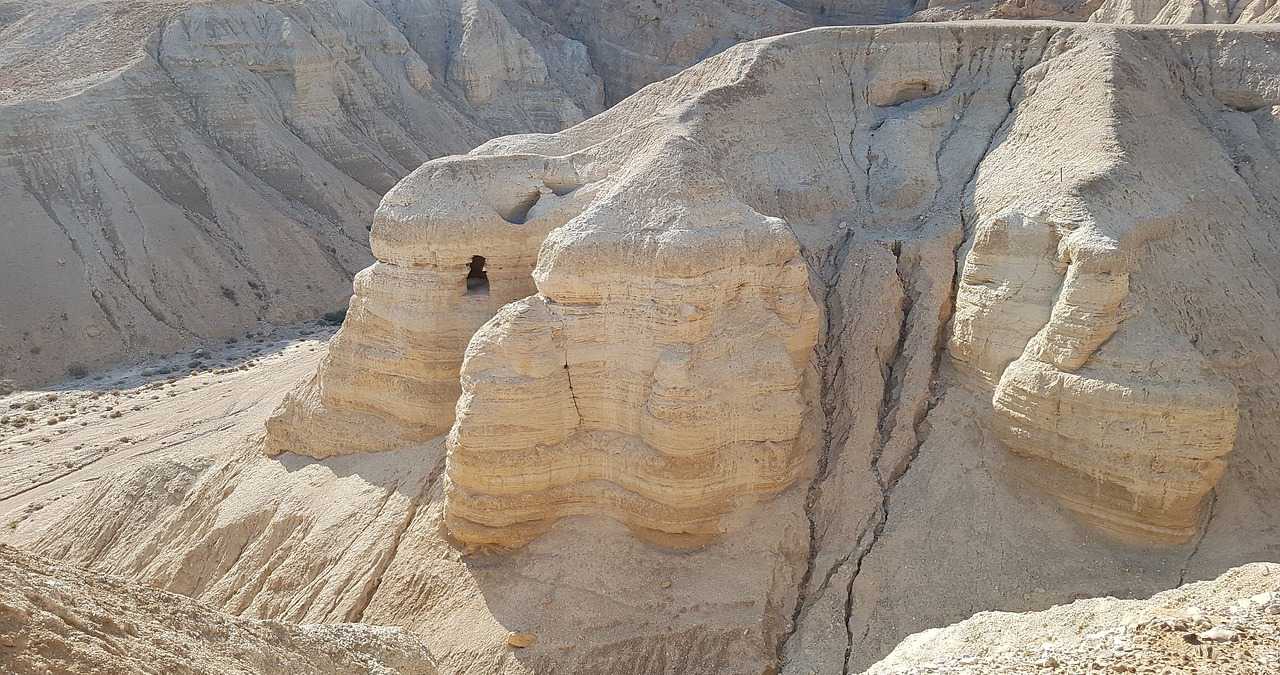The resiliency of God’s word is fascinating! It remains a robust and solid source of Divine insight throughout time and history (Ps. 119:89, Mt. 24:35, 1 Pt. 1:23,25). Isaiah 40:8 states “The grass withers, the flower fades, but the word of our God will stand forever.”
Archeology supports the resiliency of God’s word. Consider the Dead Sea Scrolls (DSS). They are some of the most important archeological findings of the 1900s with respect to the Old Testament. These findings demonstrate the great reliability of the underlying Hebrew and Aramaic text of the Old Testament. These scrolls were found in eleven caves near the site of Qumran which is seven miles south of Jericho. As the legend goes, in 1947 a young Bedoiun shepherd went looking for a stray animal when he stumbled upon a mysterious collection of large clay jars. Inside was one of the most significant archeological finds of the twentieth century. In fact, when Hebrew University Professor Eliezer Lipa Sukenik caught wind of the find through an Armenian Antiques dealer, he diligently pursued them. When he found them, he wrote in his diary:
My hands shook as I started to unwrap one of them. I read a few sentences. It was written in beautiful biblical Hebrew. The language was like that of the Psalms, but the text was unknown to me. I looked and looked, and I suddenly had the feeling that I was privileged by destiny to gaze upon a Hebrew Scroll which had not been read for more than 2,000 years. (Leon Levy, Discovery and Publication).
These multiple leather scrolls and scraps dated from 300 B.C. to 70 A.D (Shatzer 49). Prior to this most of the Old Testament manuscripts dated from 800-1100 AD (Geisler 439-440). These manuscripts historically go back nearly a thousand years prior and show the incredible accuracy of our Old Testament Bibles. By the end of the 1960s the Dead Sea Scrolls had become a collection of 25,000 fragments from 1,000 manuscripts (Collins and Davies in Anava, et al.).
A June 2020 article published in Cell discussed how new genetic techniques known as paleogenomics help to piece together the fragments from the manuscripts. Qumran was destroyed by Rome around 73 AD and since many MSS are copied on various animal skins (parchments) like domestic sheep, cow and goat, DNA provides a way of connecting the skins from various sources(Ouelette). These new DNA techniques help to solve some of the mystery connecting such a vast collection of materials that could originate from various sources.
References: Anava, Sarit, et al., “Illuminating Genetic Mysteries of the Dead Sea Scrolls.” Cell, https://www.cell.com/cell/fulltext/S0092-8674(20)30552-3, pub. 2 June 2020. Geisler, Norman. Systematic Theology. Vol. One, p. 439-440. Ouellette, Jennifer. “Scientist discover that four ‘blank’ Dead Sea Scrolls actually have text,” https://arstechnica.com/science/2020/05/scientists-discover-that-four-blank-dead-sea-scrolls-actually-have-text/, pub. 27 May 2020. Shatzer, Larry. How We Got the Bible, p. 49. The Leon Levy Dead Sea Scrolls Digital Library, https://www.deadseascrolls.org.il/learn-about-the-scrolls/introduction.


